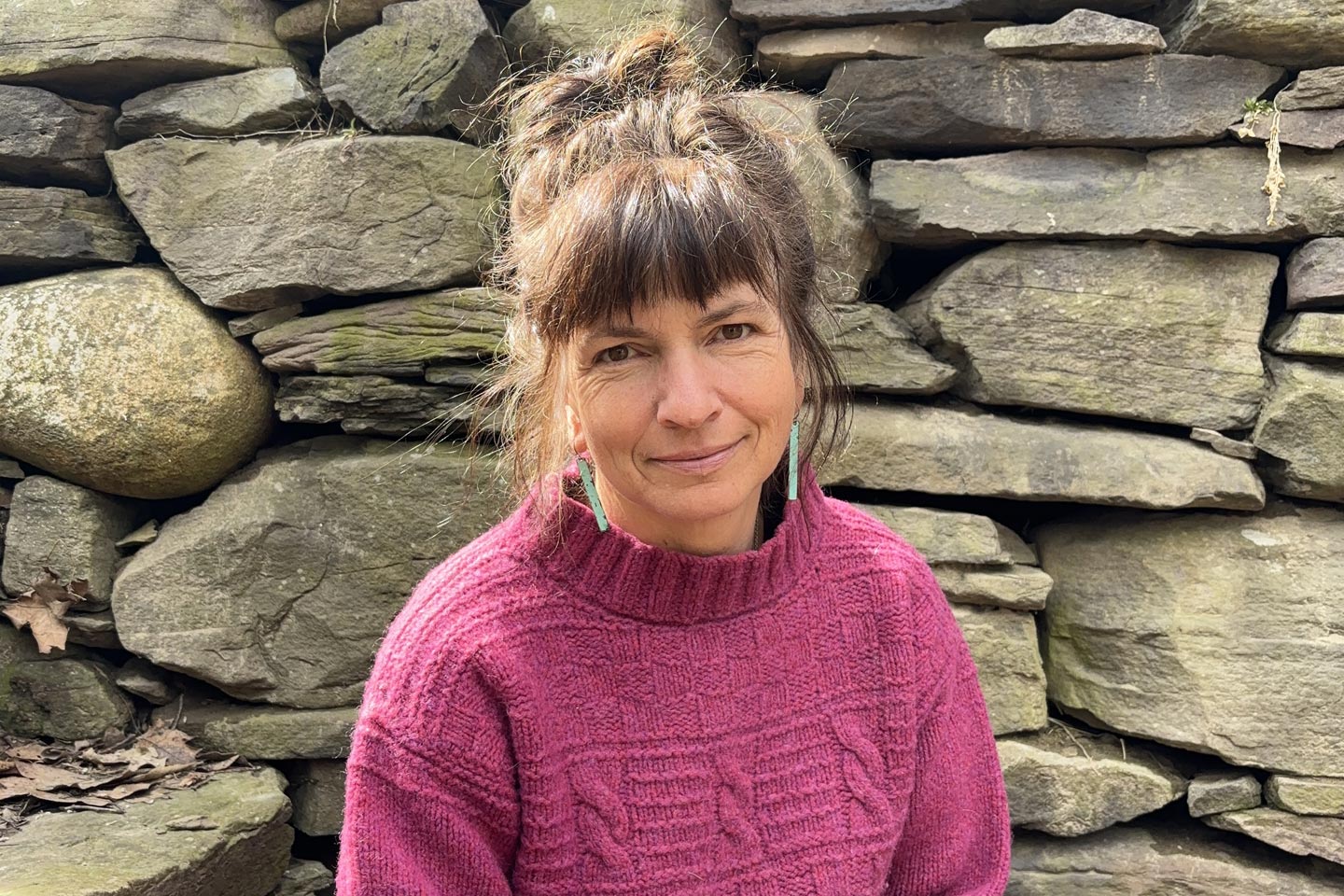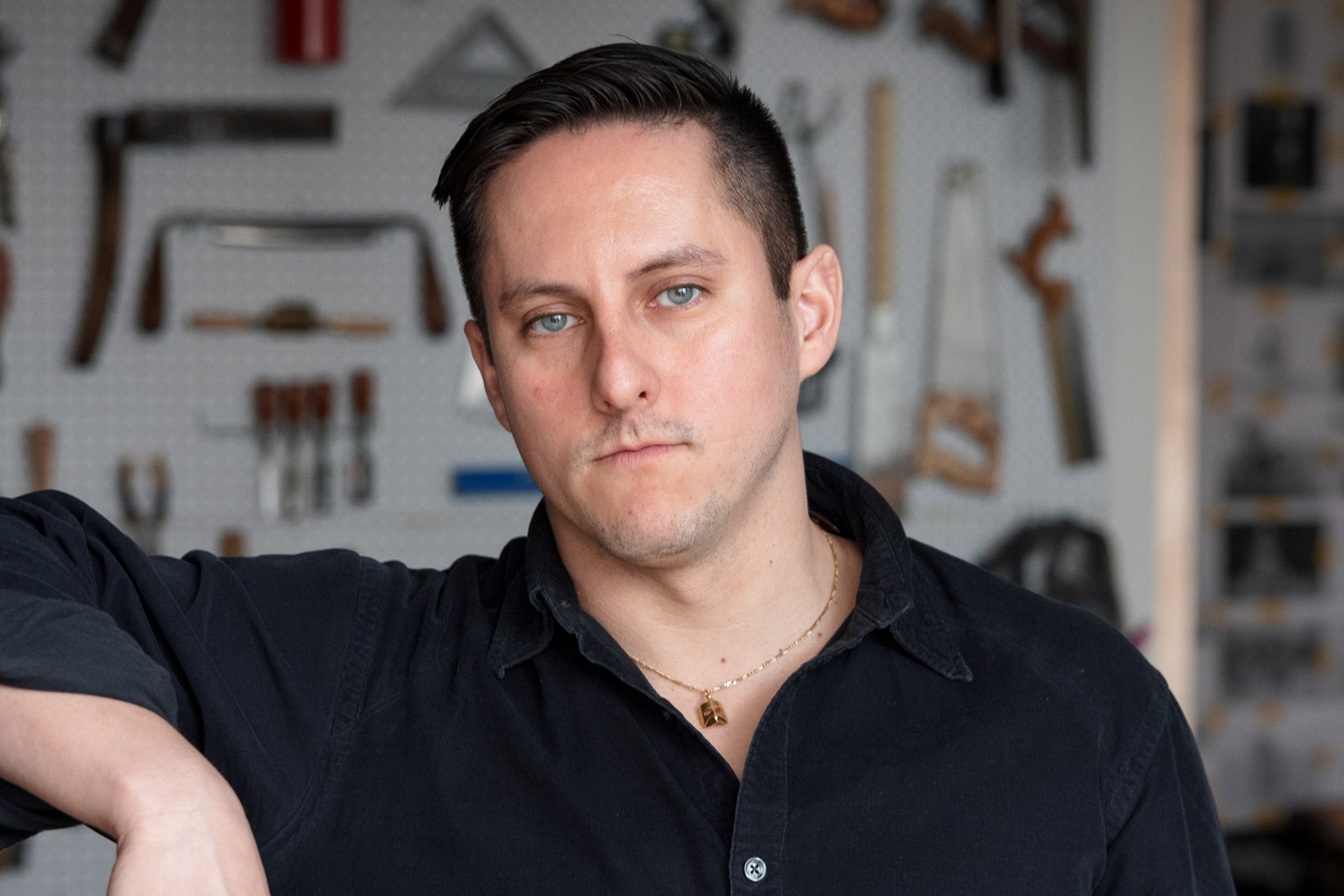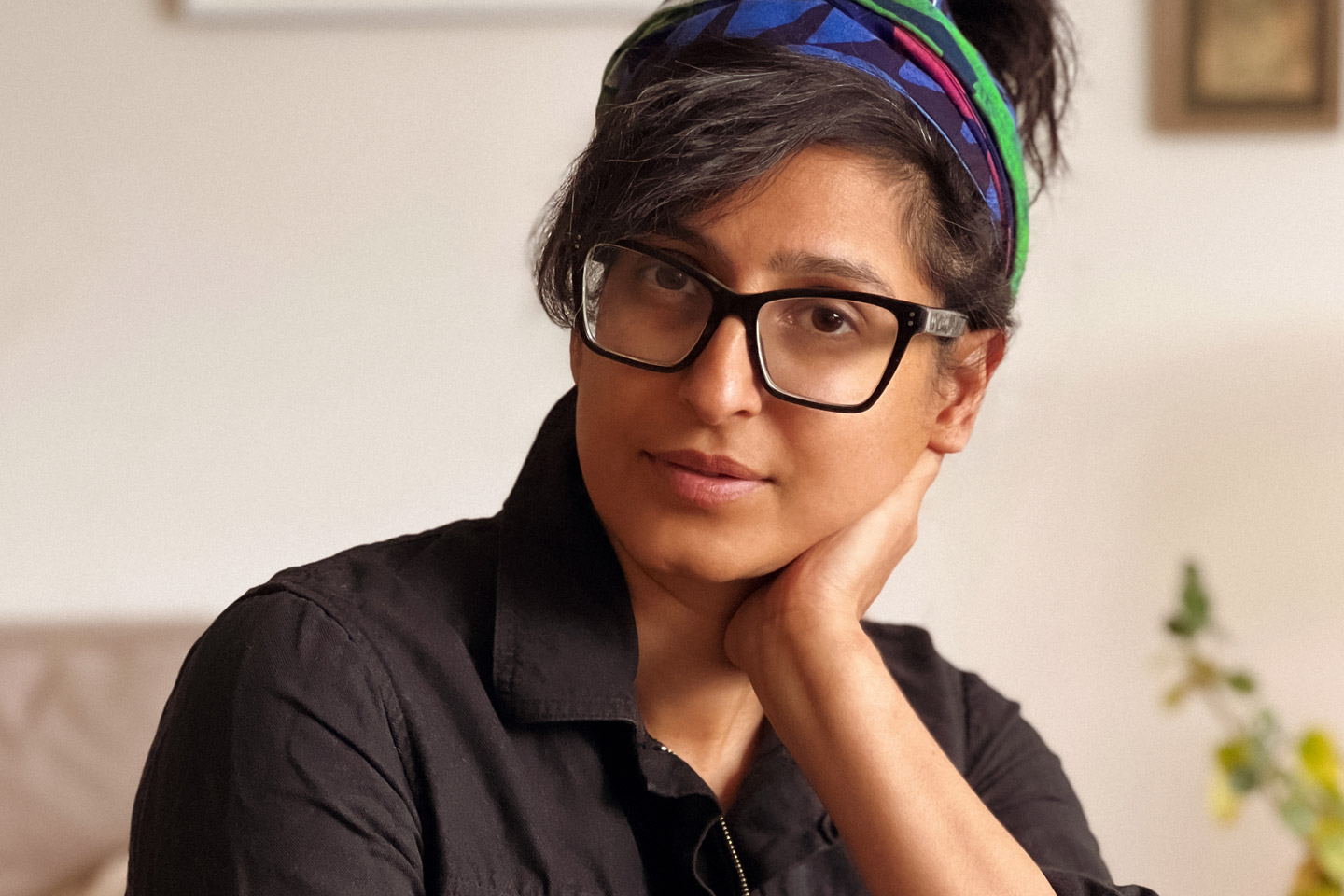Christine Lee
she/her Interdisciplinary Artist & Designer San Diego, CA
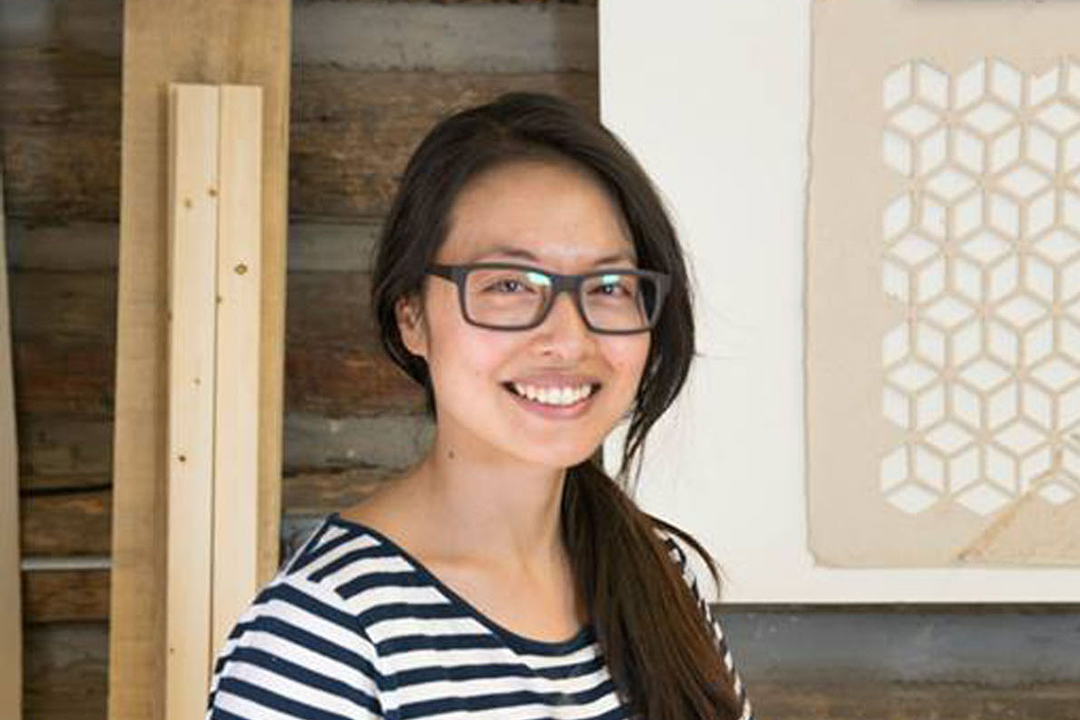
About The Artist
Christine Lee has an interdisciplinary practice encompassing art, design, and sustainability. Lee draws from a variety of investigation methods where intuitive direct-hand manipulation, traditional craft processes, and computer-aided technology are the central part of her research tools. Her natural inclination to salvage and a deep appreciation for the environment continues to inform her selection of fiber-based, non-toxic, or sustainable media as well as materials for use in the creation of sculpture, functional work, and installations. She received her Master of Fine Arts in Furniture Design/Woodworking from San Diego State University and her Bachelor of Science in Art from the University of Wisconsin Madison. She was a Senior Sustainability Scholar of the Julie Ann Wrigley Global Institute of Sustainability at Arizona State University where she also taught in the School of Art of the Herberger Institute for Design and the Arts. She has participated in numerous residencies and her work has been exhibited venues such as, the San Francisco Museum of Craft and Design, the Museum of Arts and Design, the Society of Contemporary Craft, the Aspen Art Museum, and the ASU Art Museum.
About The Work
I encounter materials in a variety of conditions and explore them to different degrees, ranging from minimally invasive, where the material may not need to be manipulated at all, to a complete processing of the material where it is broken apart into its elements. Through extremely repetitive processes involving direct manipulation by hand or with the aid of hand tools, shop machinery or computer-aided machines, my understanding, sensitivity and appreciation of a material’s inherent characteristics and nuances deepen, allowing me to apply these observations towards multiple configurations and patterns, while generating ideas for alternative applications and destinations.
For example, in the case of a collaboration with research mechanical engineer John F. Hunt (now retired) from the USDA Forest Service, Forest Products Laboratory (FPL), I was able to use the sawdust I generated from the creation of a suspended wood installation combined with post-consumer and recycled fibers, to make naturally bonded, non-toxic, biodegradable and recyclable, engineered wood composite panels from which I was able to create a variety of products and prototypes from.This involved learning the fiber-based composite board forming process from Hunt, which involved combining raw materials, and using a vacuum forming chamber and a hydraulic platen press at FPL’s Centennial Research Lab.
Craft -based processes and techniques are intertwined in the histories of a variety of cultures and contribute to a collective deep appreciation of materials, the means by which to manipulate them, and ways to work with sustainability and the environment in mind. By employing traditional methods such as weaving, embroidery, caning, woodworking, and so forth, as research tools for pattern-based inquiry, I hope to emphasize the timelessness and relevance of these methods, and the importance of keeping them alive in contemporary practices.
As I continue to create sculptural and functional work and installations, utilizing craft-based processes as the central part of my research tools, the trajectory of my art practice has expanded to involve various collaborations in engineering and science where I have been invited as a creative practitioner to engage at inception on ideation sessions and projects in problem-driven and evidence-based research including jointly grant-awarded projects and co-authored papers. Examples of some of the outcomes from these collaborations include working with research mechanical engineer John F. Hunt (now retired) from the USDA Forest Service, Forest Products Laboratory to make naturally bonded, non-toxic, biodegradable and recyclable, engineered wood composite panels from sawdust I generated combined with post-consumer and recycled fibers, examining the relationship between the structural properties and negative space of honeybee comb with Associate Professor Dhruv Bhate, of the Polytechnic School at Arizona State University, and his student researchers resulting in the co-authored article “Bioinspired Honeycomb Core Design: An Experimental Study of the Role of Corner Radius, Coping and Interface” , and working with various members of the Ocean Memory Project, a collaborative network of researchers from across the Sciences, Arts and Humanities, on interdisciplinary projects dedicated to exploring new lines of inquiry for understanding the ocean.
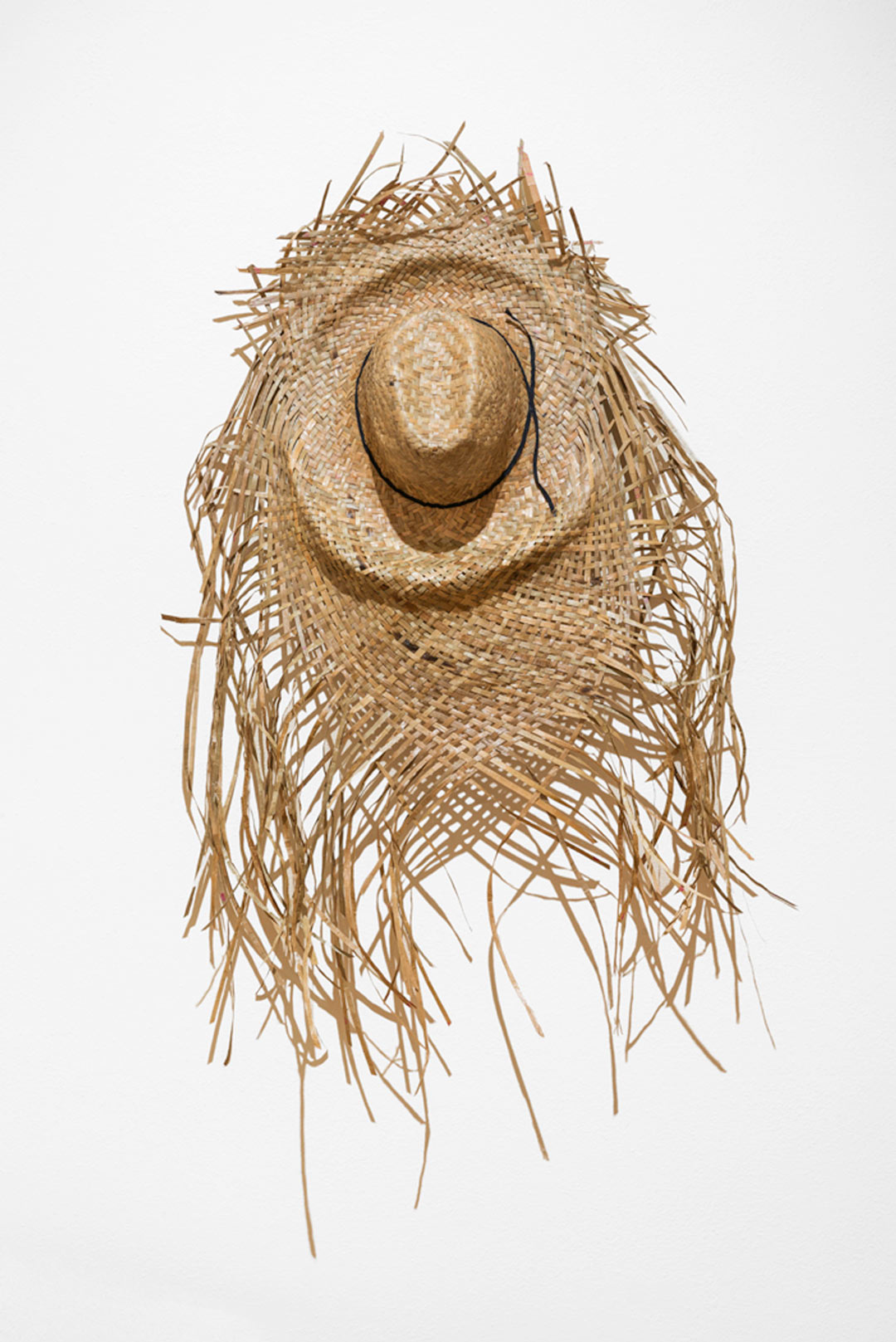
Working Hat Ripples, 2018, rush straw, 40 x 25 x 10, Installation at the Arizona Jewish Historical Society; Jewish Heritage Center, Phoenix, AZ. Photo by Ryan Parra
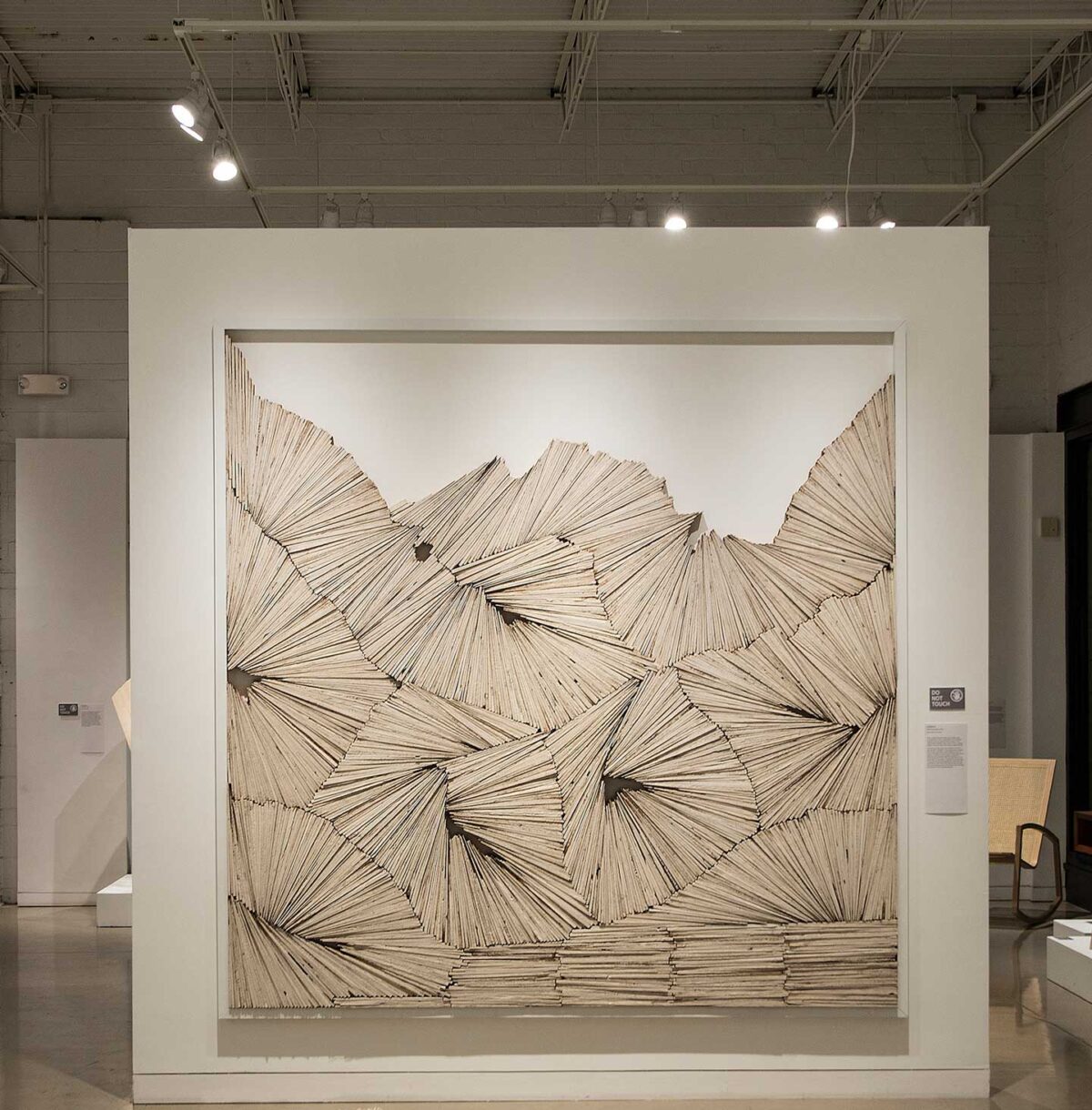
Stacking Order, 2019, wood, paint, 8 x 8 x 2, Site-specific installation at the Center for Art in Wood, Philadelphia, PA. Photo courtesy of the artist
